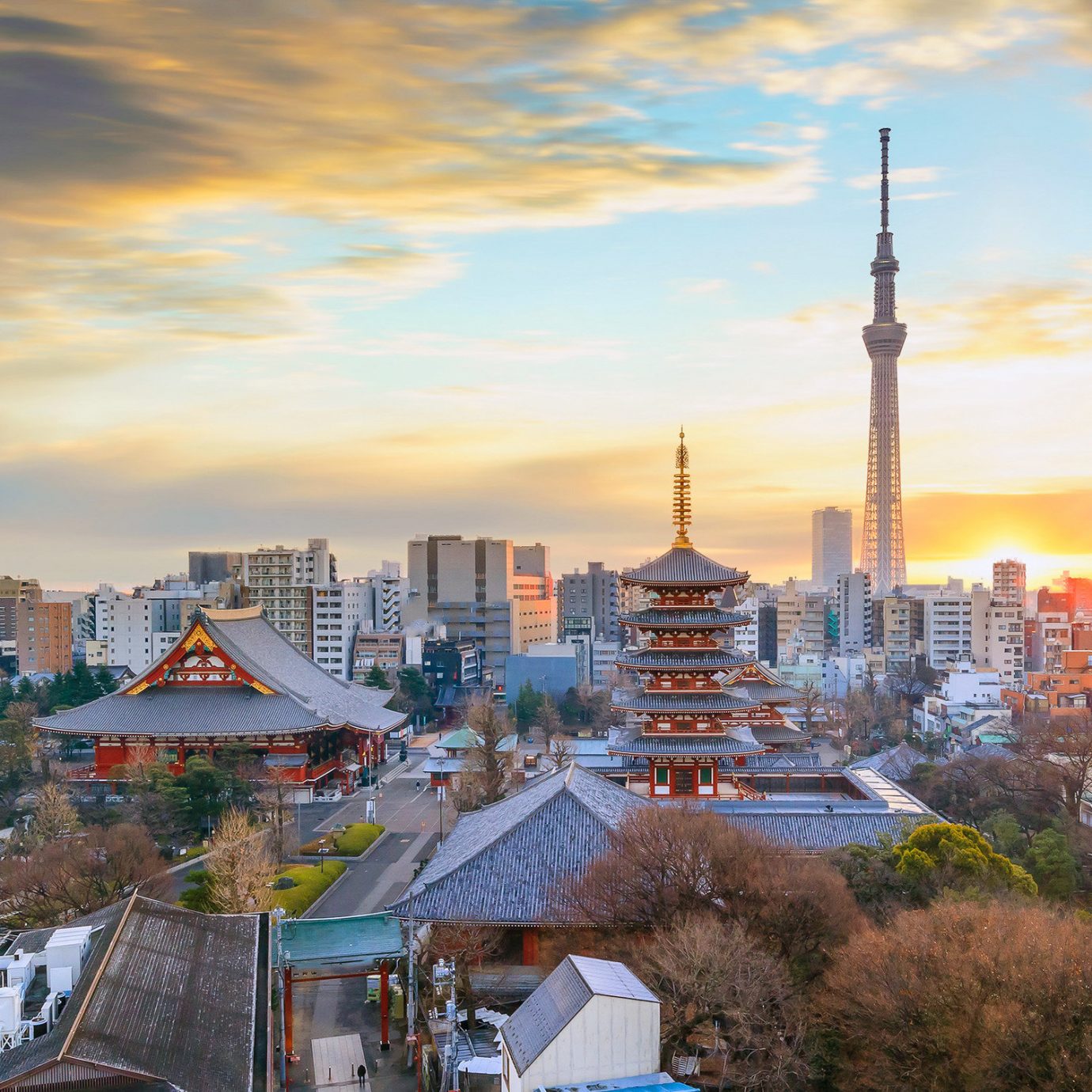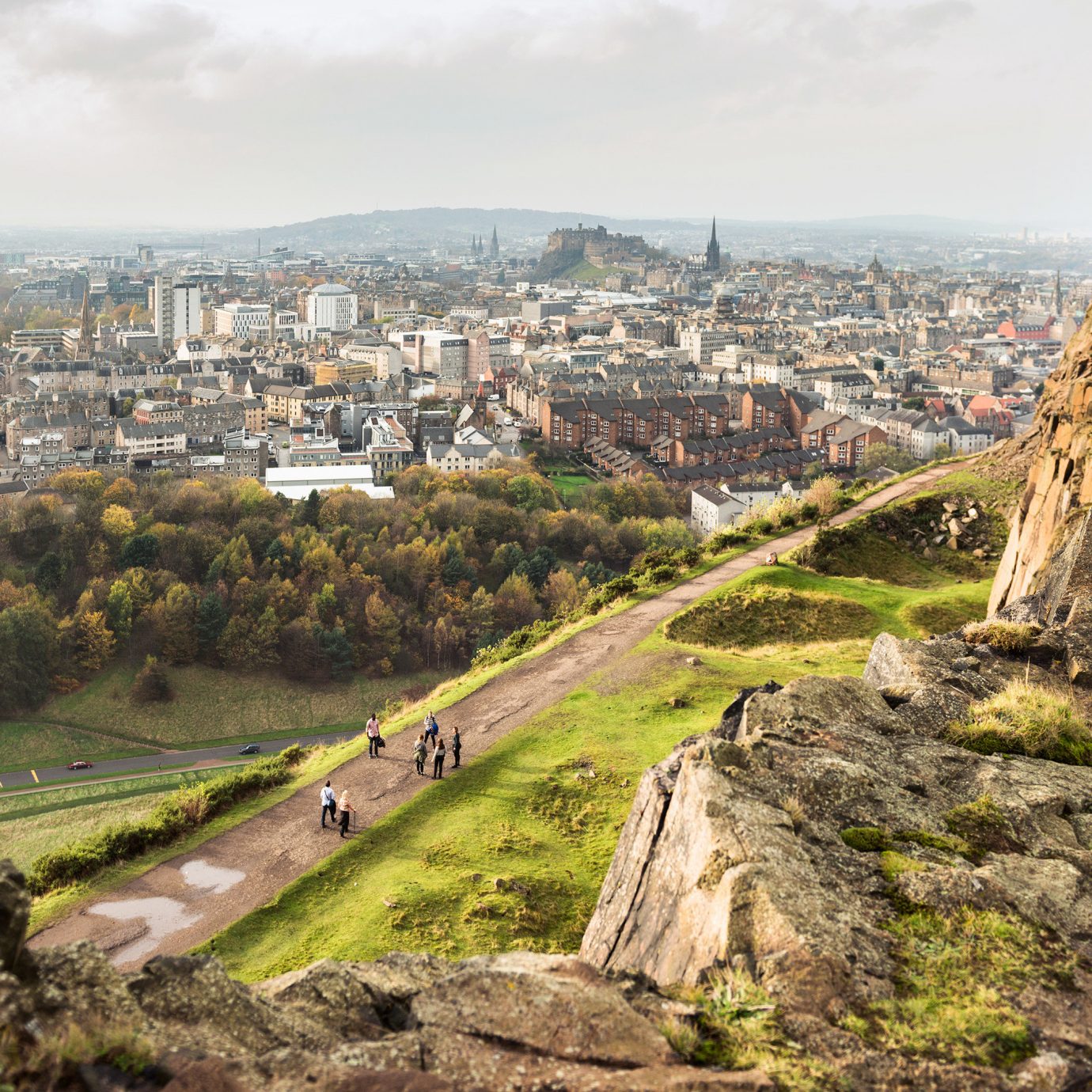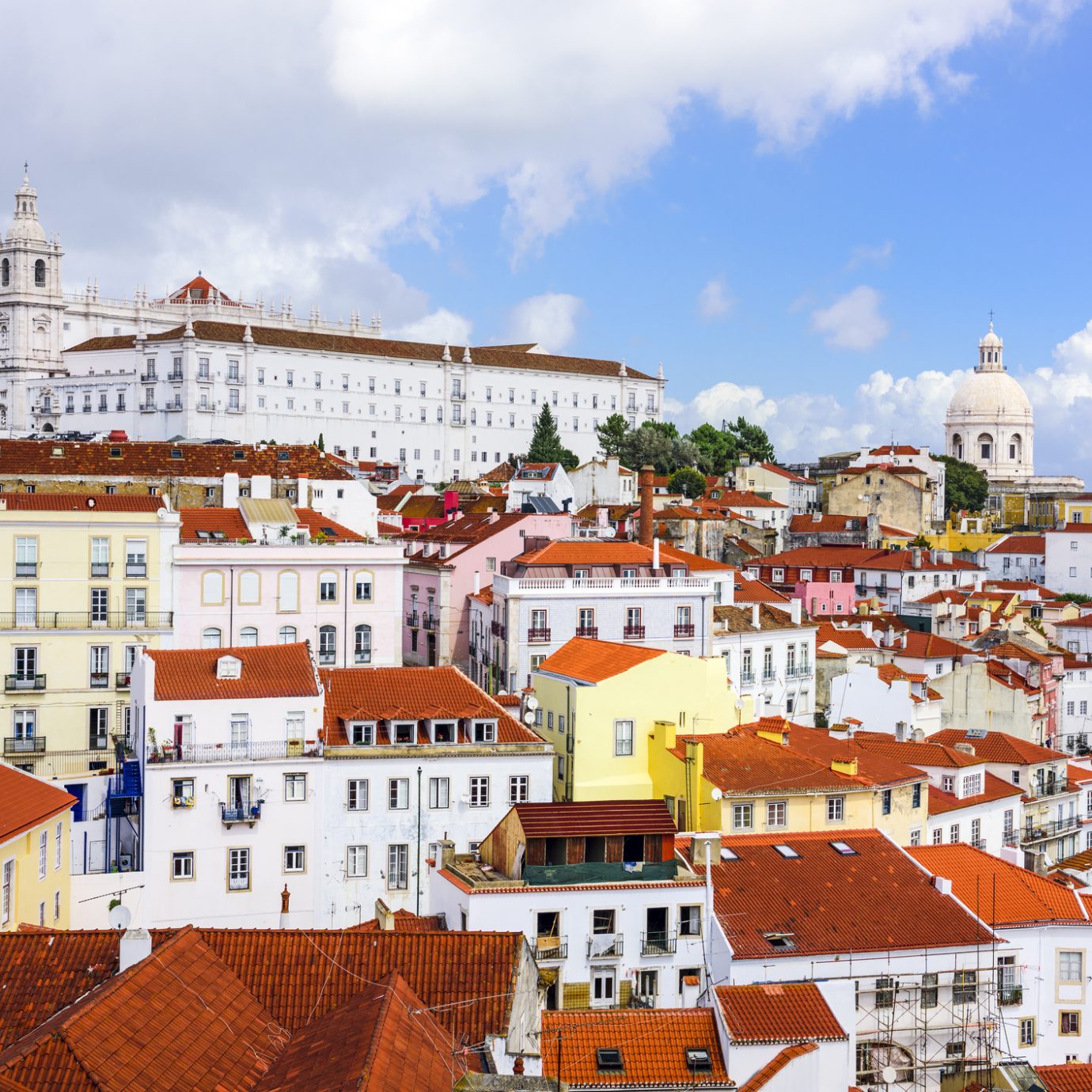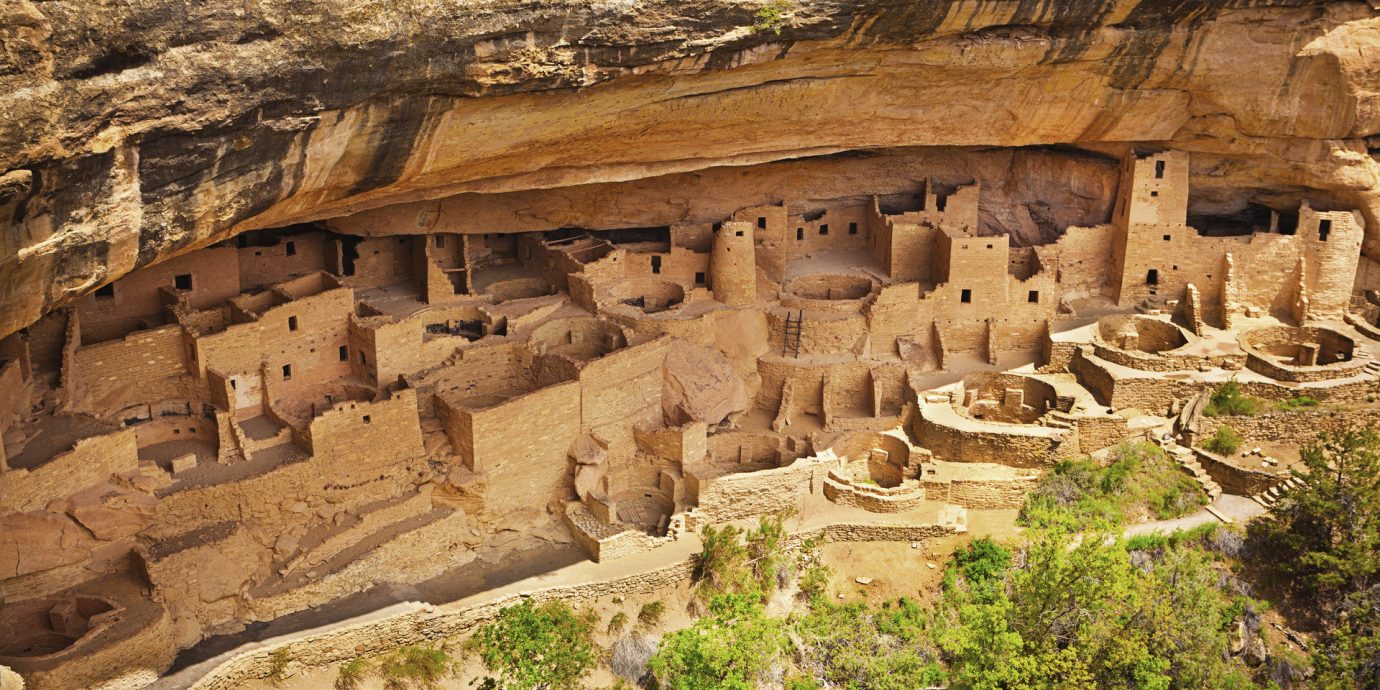
8 Destinations You’d Never Guess Were in the U.S.
Contrary to popular belief, you don't always need a passport to see some of the world's most exotic sights. From a collection of perfectly-preserved, ancient cliffside dwellings to a Bavarian village nowhere near Germany, we've hunted down eight spots that you'd never guess were in the U.S.
A Brooklyn-based writer and editor, Chelsea's work has appeared in Matador Network, The Huffington Post, the TripAdvisor blog, and more. When not planning her next trip, you'll usually find her drinking way too much iced coffee (always iced—she’s from New England) or bingeing a Netflix original series.
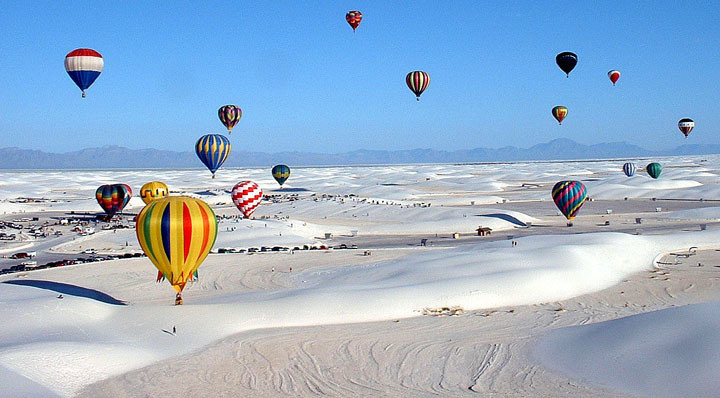
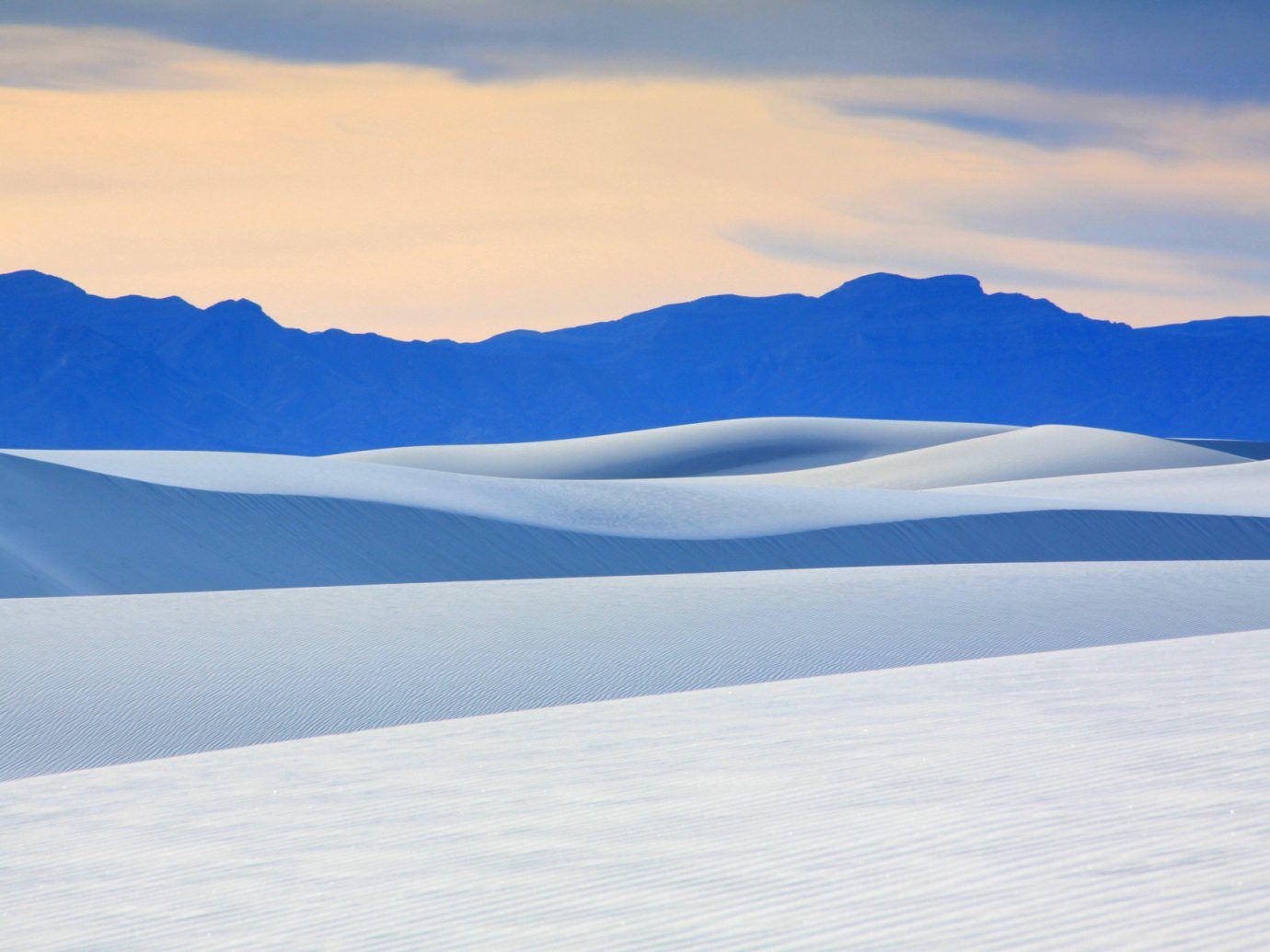
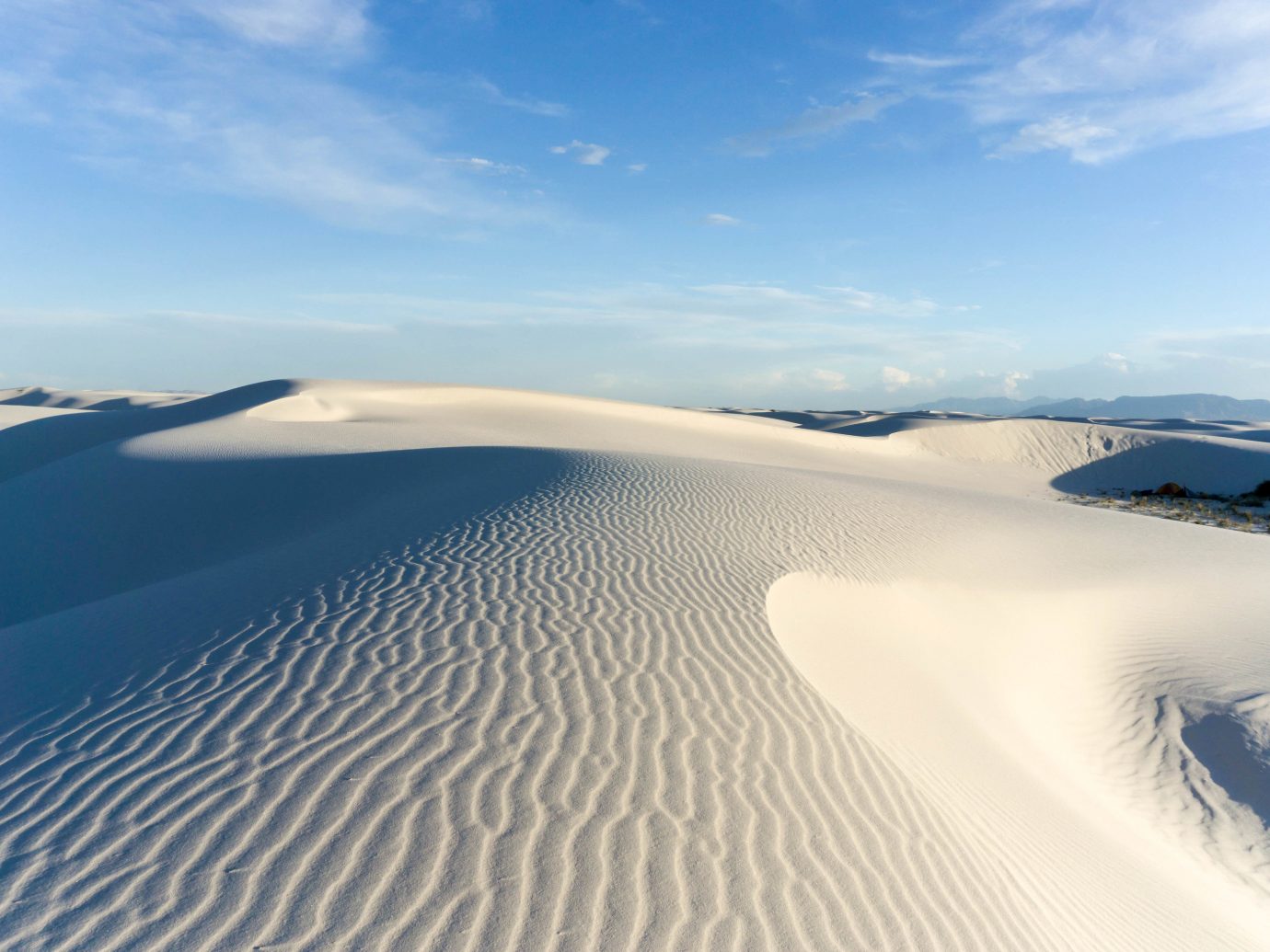
White Sands National Monument, New Mexico
If you thought dramatic, rippled dunes were exclusive to northern Africa, western Asia, and exotic destinations like Patagonia—think again. In New Mexico’s Tularosa Basin, nestled between the Sacramento and San Andres mountain ranges, you’ll find an equally dramatic sight: White Sands National Monument. The otherworldly collection of snow-white, extremely-rare gypsum sand runs for 275 miles. Visitors are welcome to hit the wavy dunes on sand sleds and plastic saucers—you can bring your own or pick one up at the park’s gift shop.
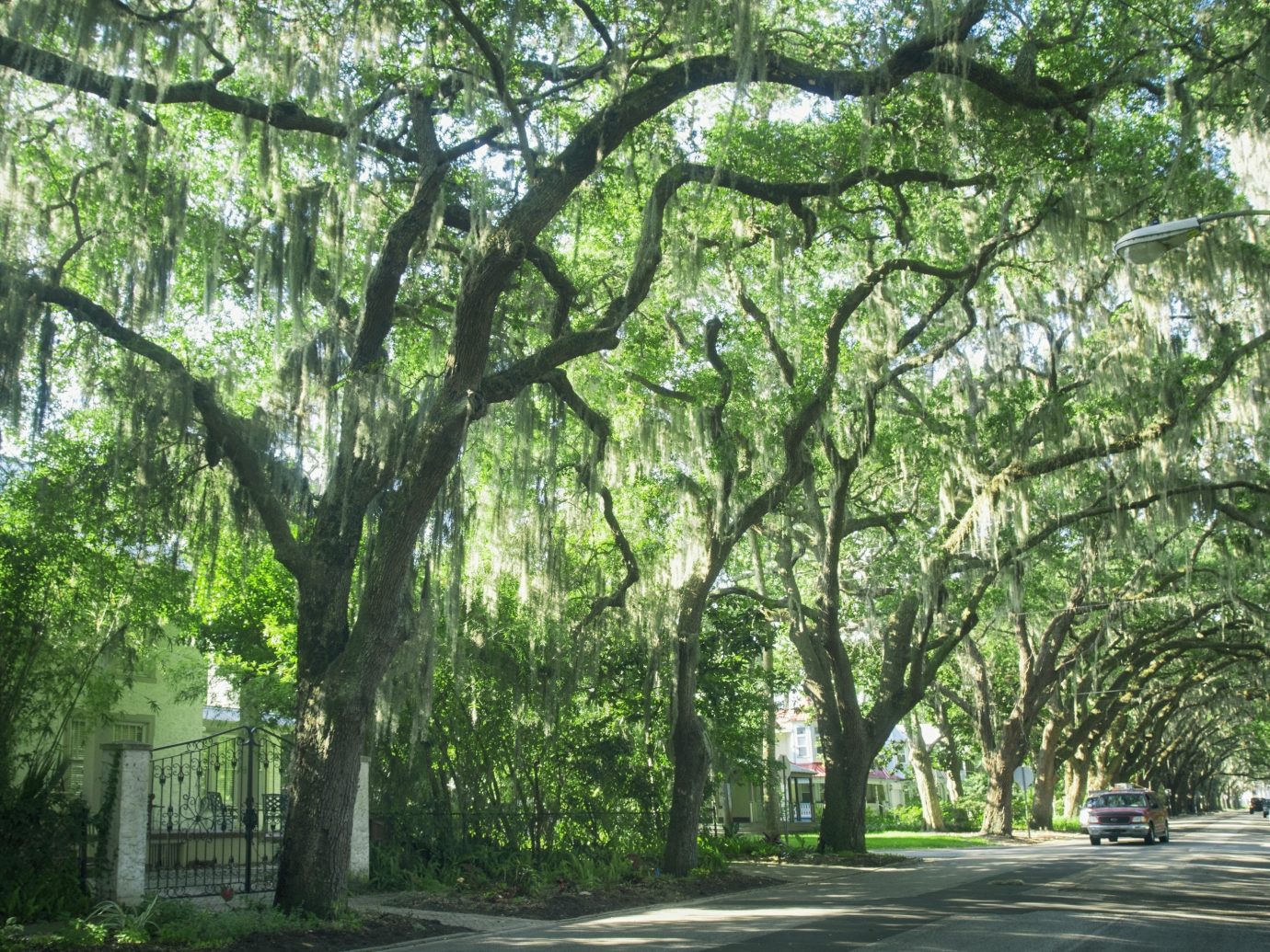
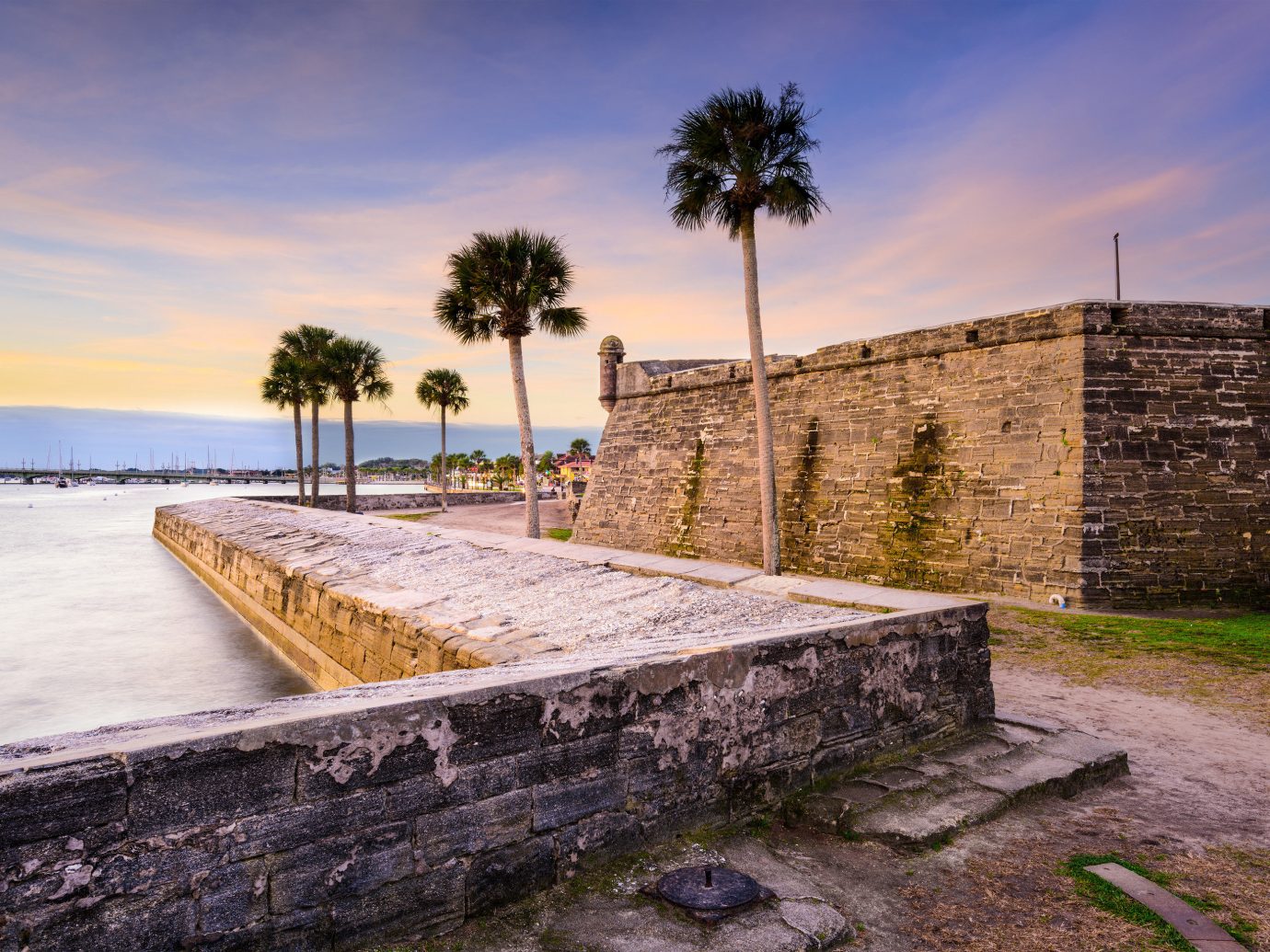
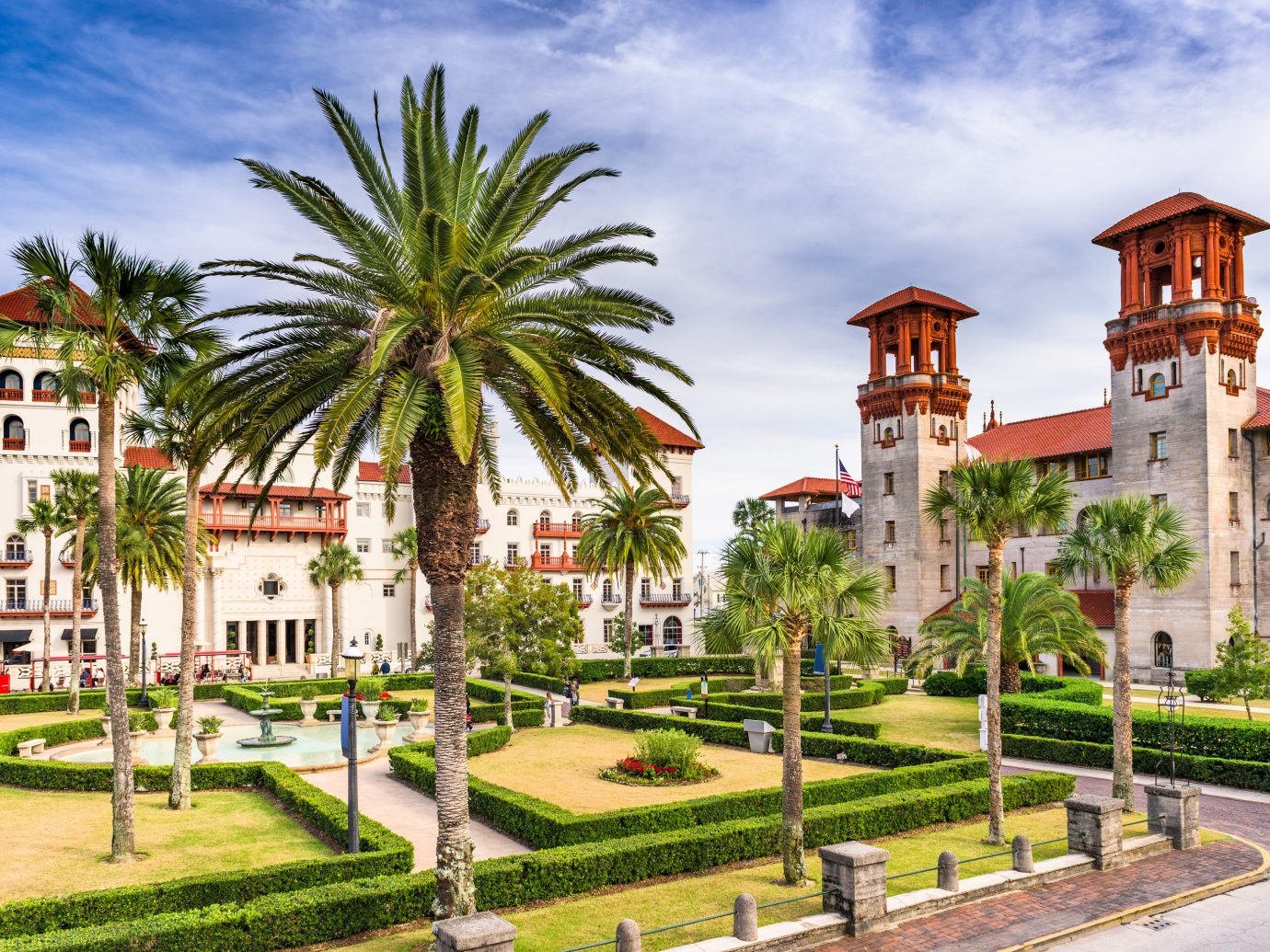
St. Augustine, Florida
St. Augustine holds a pretty cool (albeit verbose) title as the “oldest continuously occupied European-established continental United States settlement.” Now, let’s take a moment to unpack that. The gist is that the city was founded in 1565 by Spanish admiral Pedro Menéndez de Avilés, and while it changed hands a few times between Spanish and British crowns before officially joining the U.S., its European influence has never wavered. Check out the historic city center with its Spanish colonial architecture and the waterfront Castillo de San Marcos—a masonry fortress that looks out over the St. Augustine inlet.
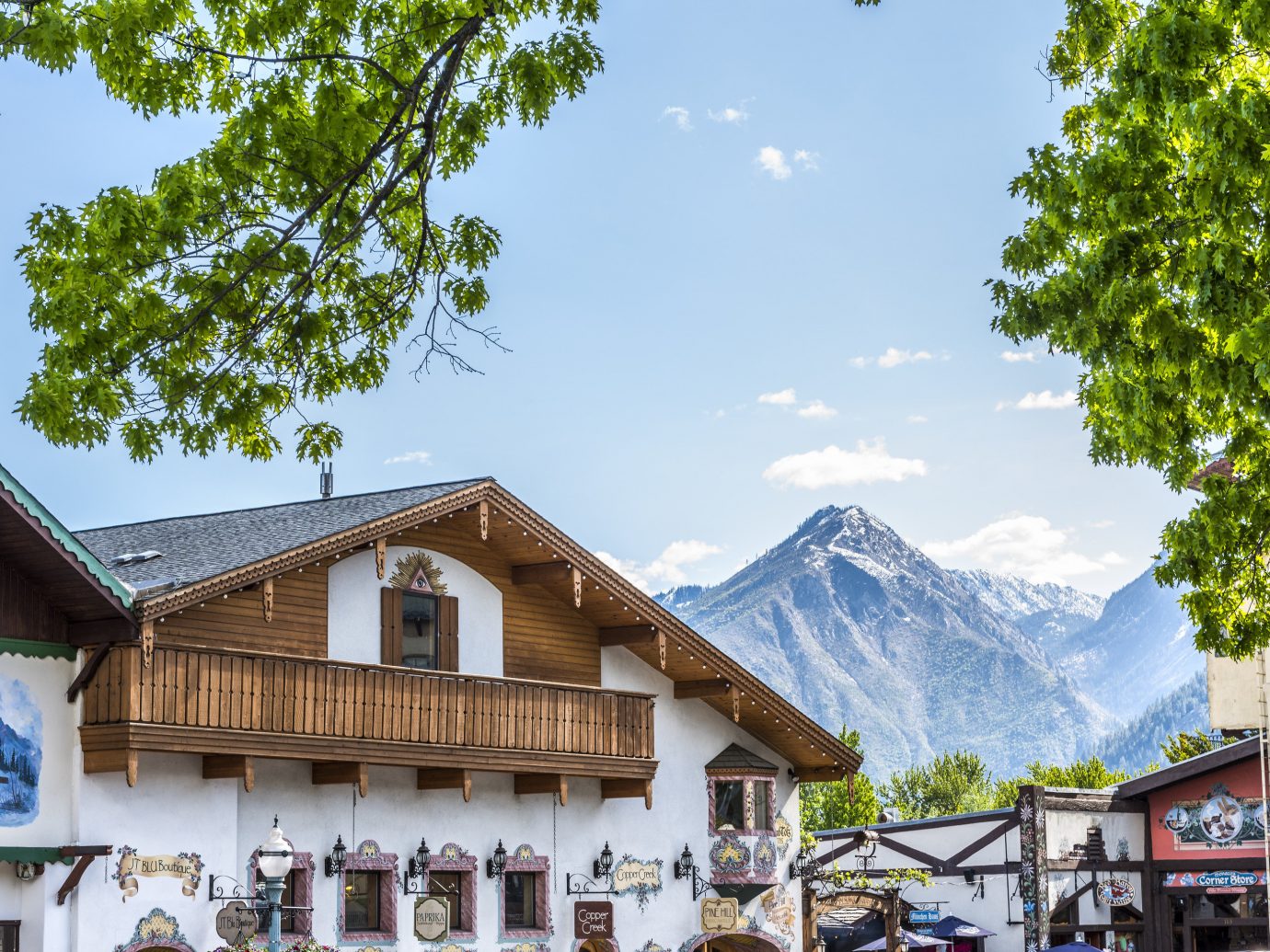
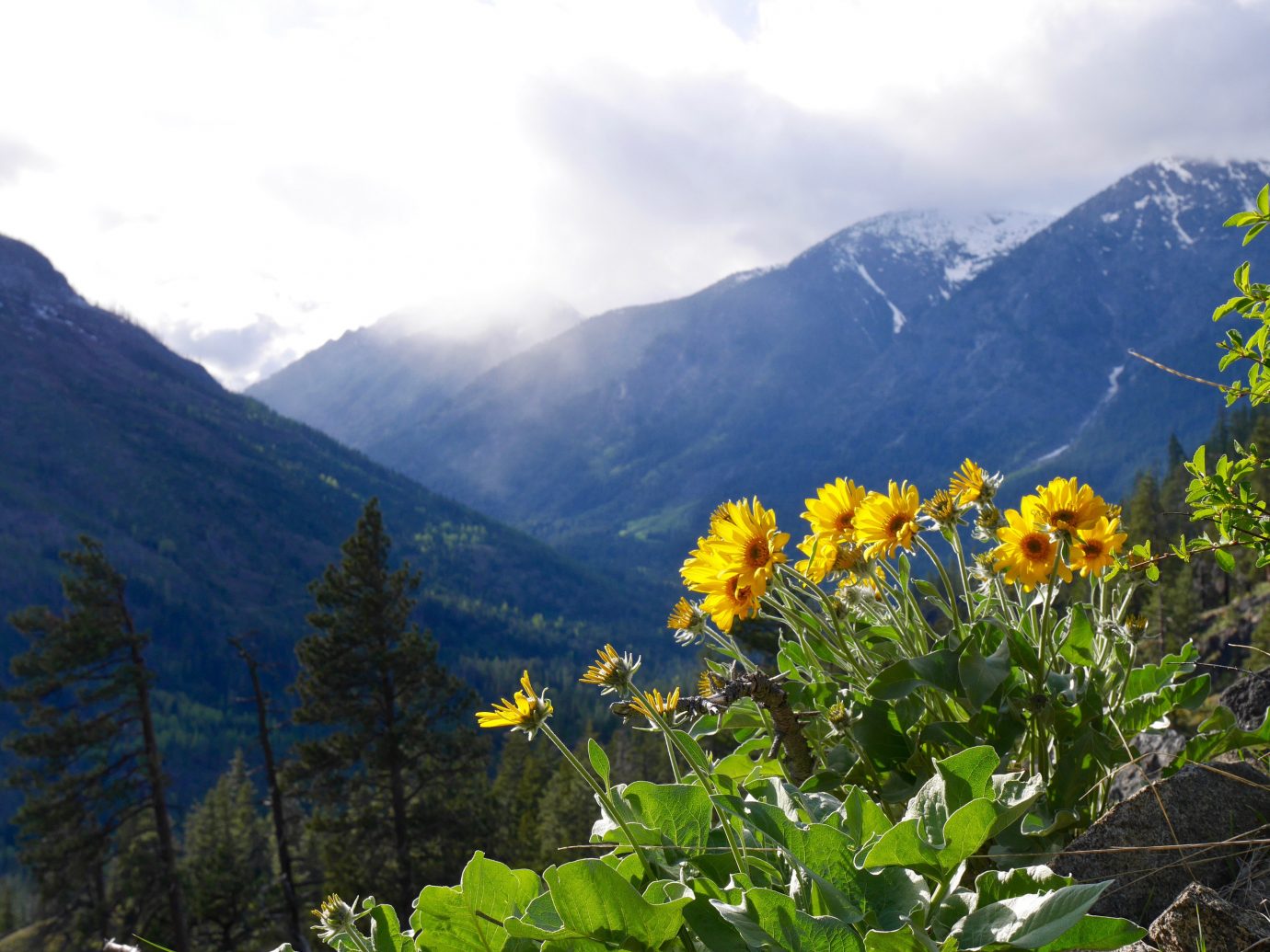
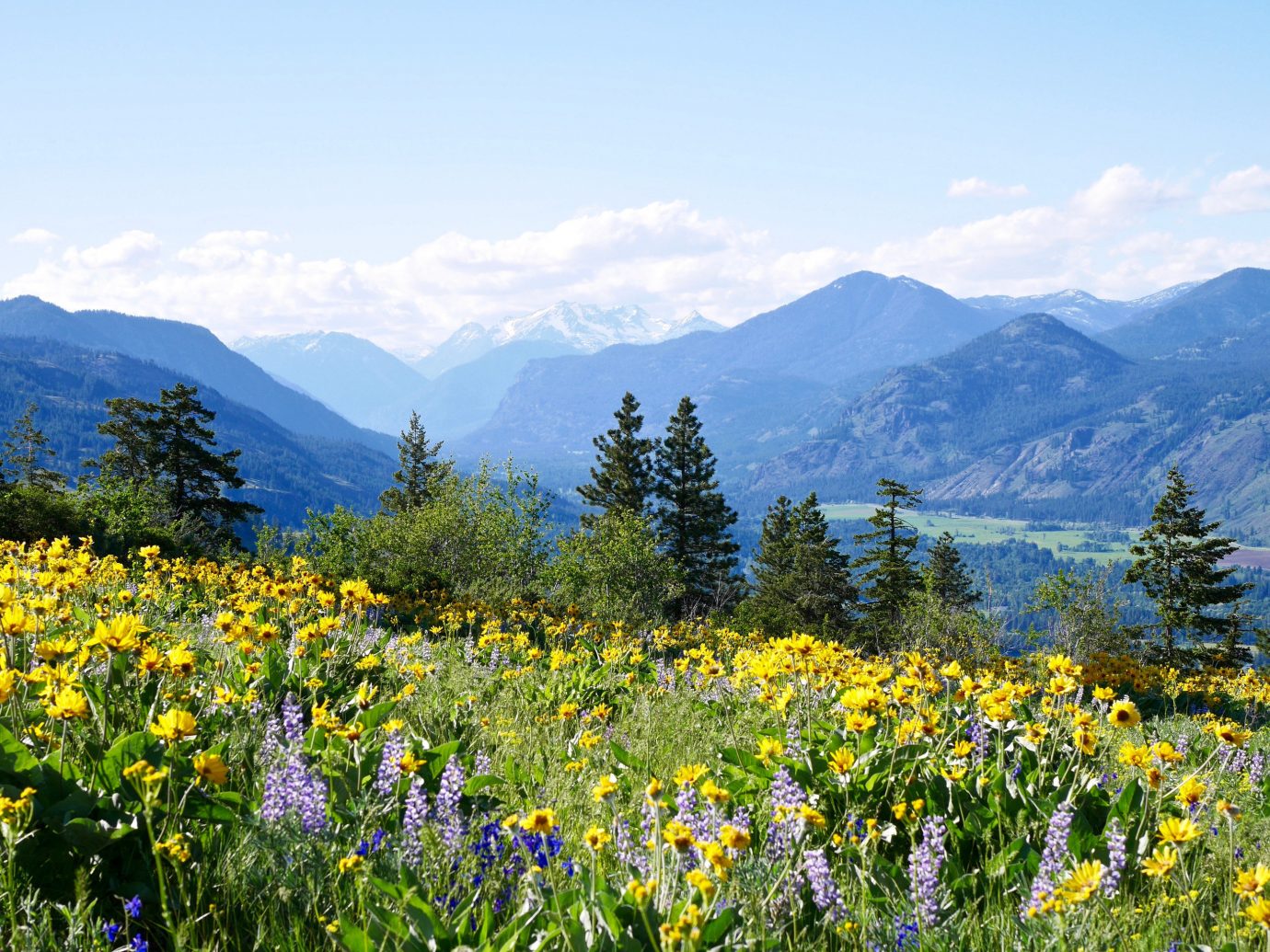
Leavenworth, Washington
Who knew you just had to head to the Pacific Northwest to find a slice of Bavaria outside Germany? Drive about two hours east of Seattle, and you’ll land in the themed town of Leavenworth. While the “Alps of Washington” has always harbored scenic beauty akin to its Bavarian counterparts, it was only in the 1960s that town officials decided to go the full monty transforming Leavenworth with Tudor Revival-style architecture and introducing traditional festivals and shops. Modern day visitors will find German influence in everything, including the Leavenworth Nutcracker Museum, annual Oktoberfest, and Bavarian Maifest (with live music, traditional dress and dance, a plant sale, and more to welcome spring).
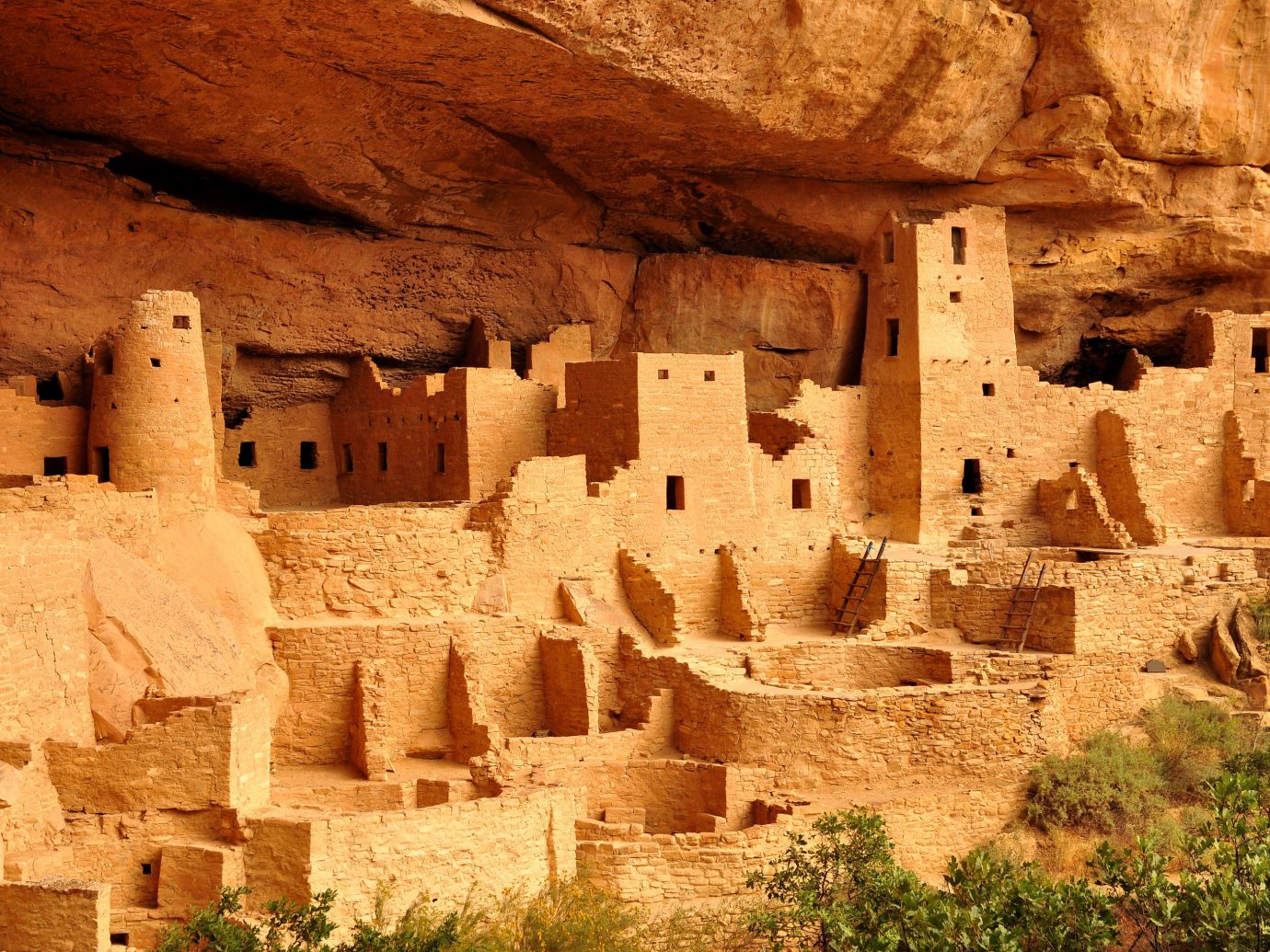
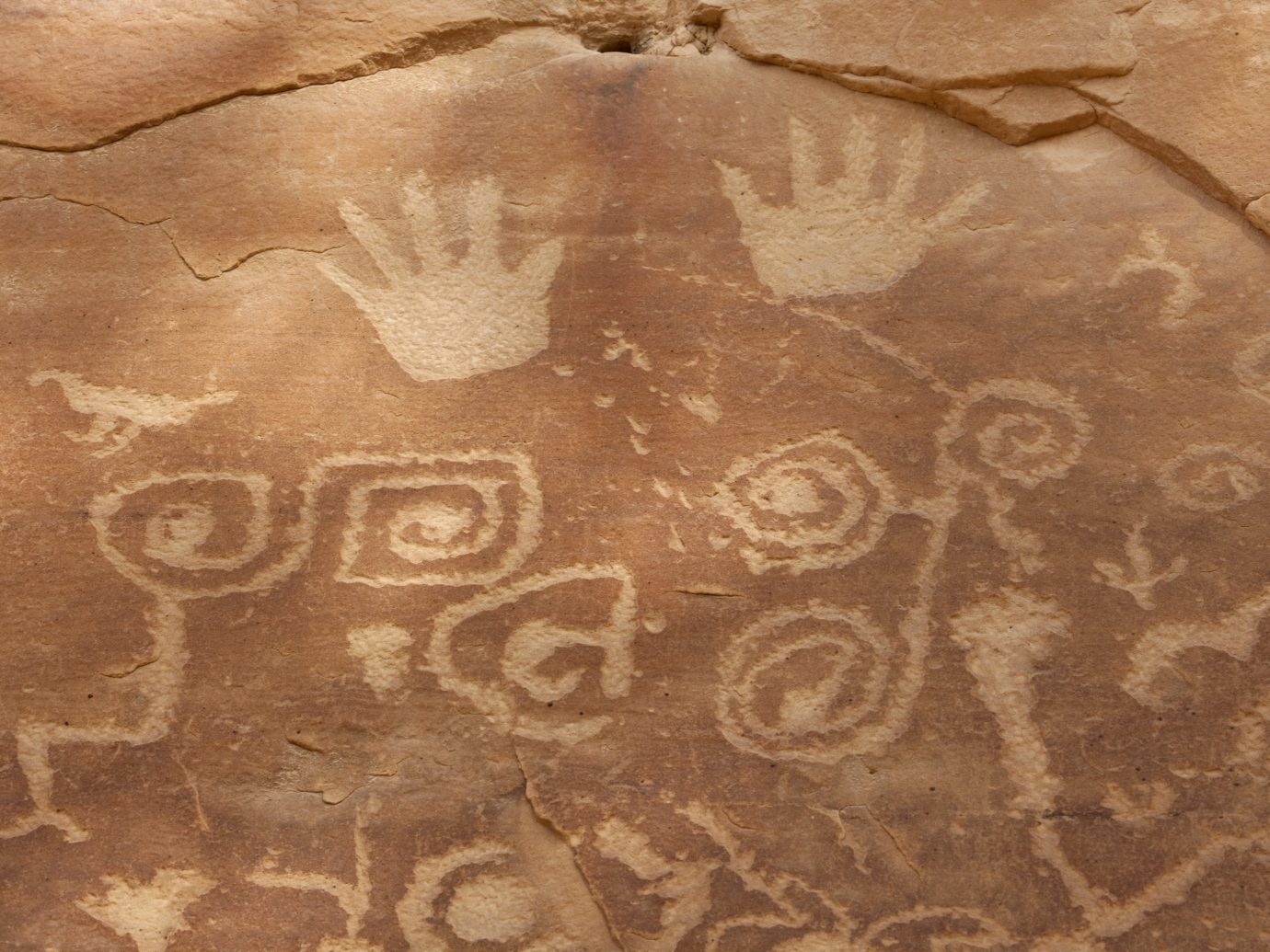
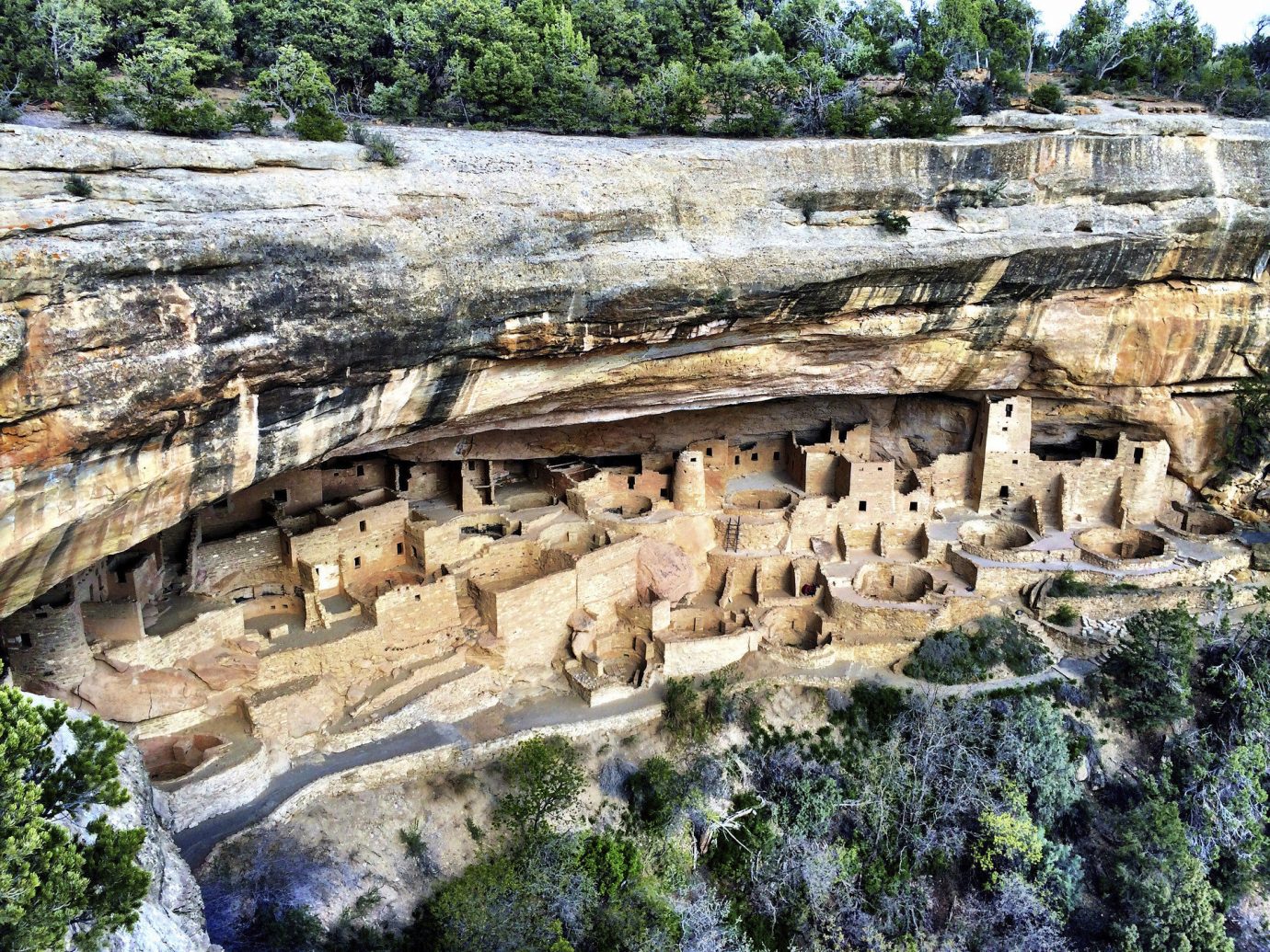
Mesa Verde National Park, Colorado
If the cave houses of Cappadocia have carved out a prime spot on your bucket list but you just don’t have the bank to make it happen (yet), keep it close to home with a visit to Colorado’s Mesa Verde. Way, way before Leif Eriksson, Christopher Columbus, and Juan Ponce de León stepped foot in the Americas, Mesa Verde was a flourishing community; from 600 to 1300 AD, ancestral Pueblo people called the Four Corners home, building some 600 stone cliff dwellings, pithouses, pueblos, and farm buildings. Visit today and you can tour some of the 5,000+ well-preserved archeological sites and the houses, which are still tucked away in the canyon’s alcoves.
RELATED: 13 Best National Parks in the World
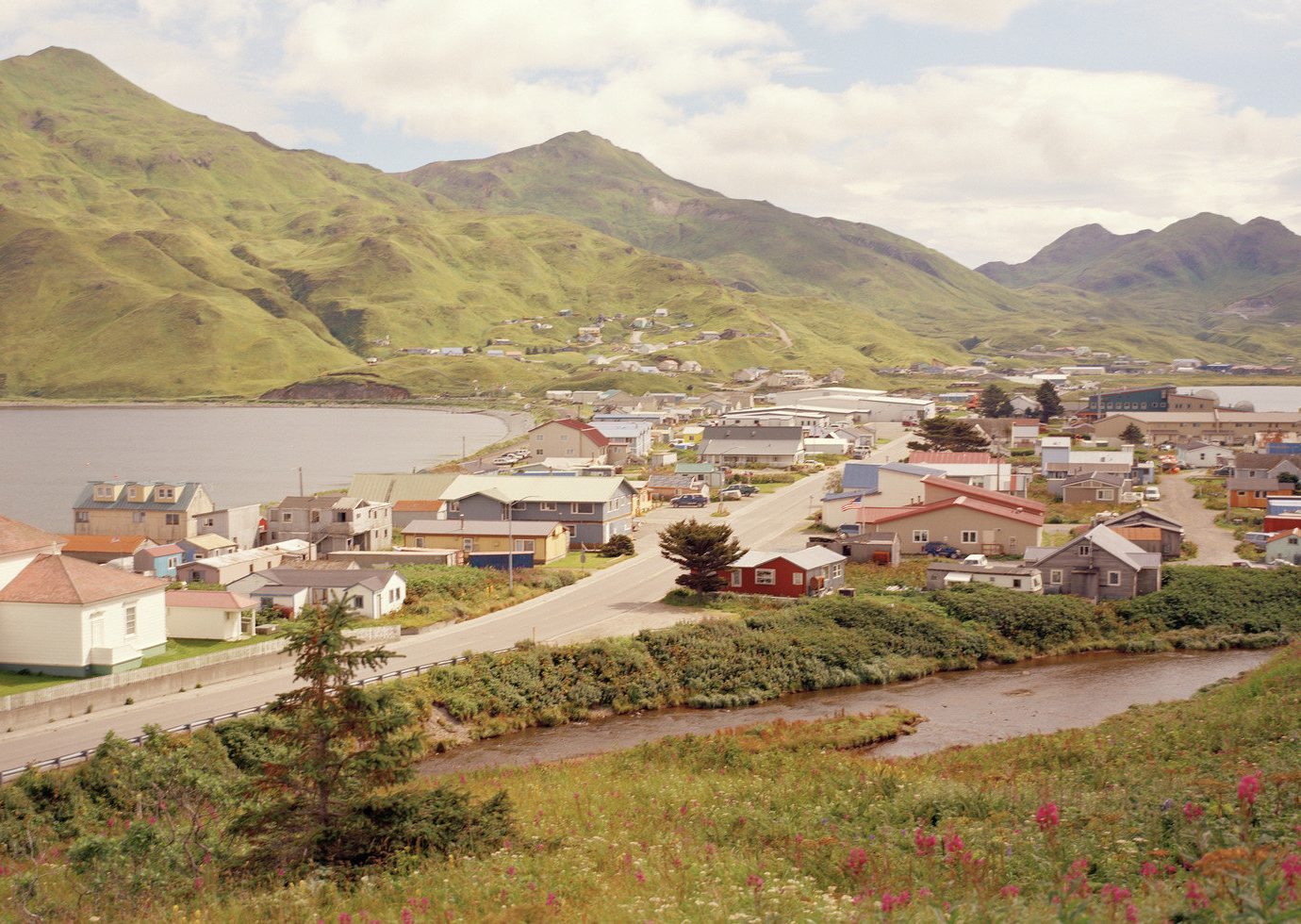
Aleutian Islands, Alaska
Extending 6,281 miles across both the Pacific Ocean and Bering Sea, the Aleutian Islands—a group of 14 large and 55 small volcanic islands—form an arc that makes up a sizable portion of the Ring of Fire. If you need a refresher on that fun little number (it's been a while since 7th-grade earth science), that’s an area in the basin of the Pacific where roughly 90 percent of the world’s (often largest) earthquakes occur. Given their volcanic make-up and treacherous locale, the islands are rocky, steep, and largely uninhabited. But, you might recognize Dutch Harbor, in Unalaska, as the crab port has been featured on Deadliest Catch since 2005.
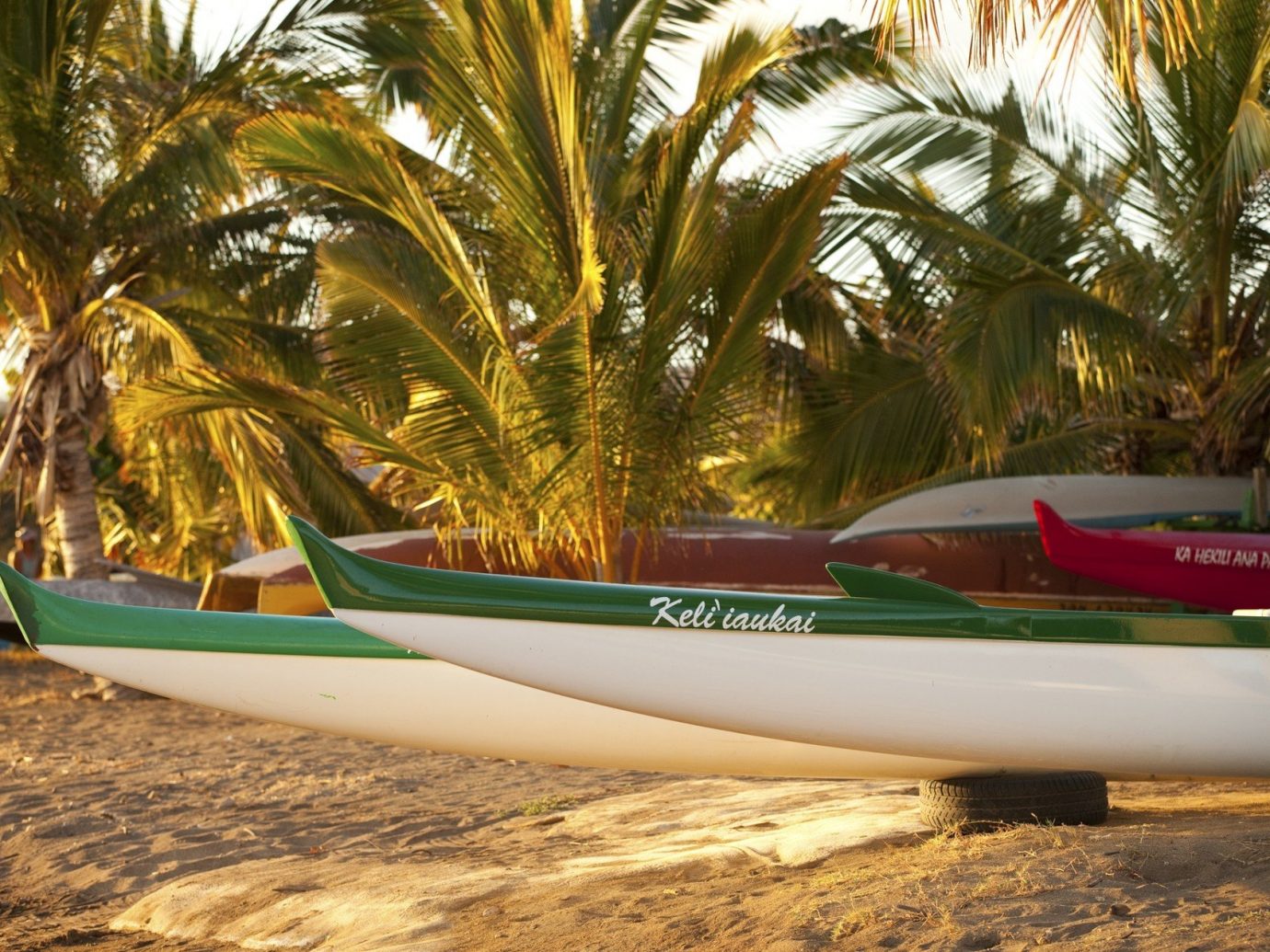
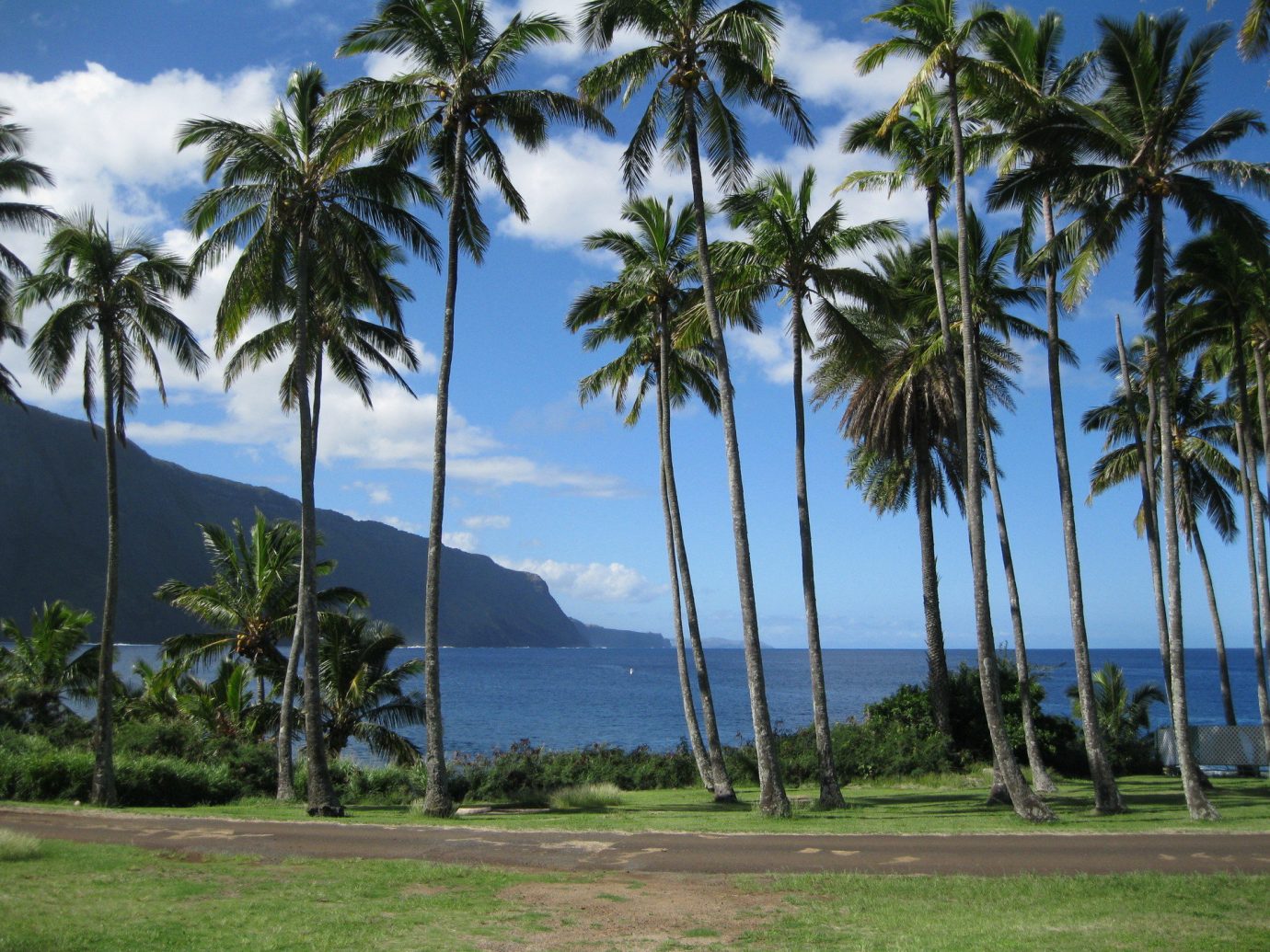
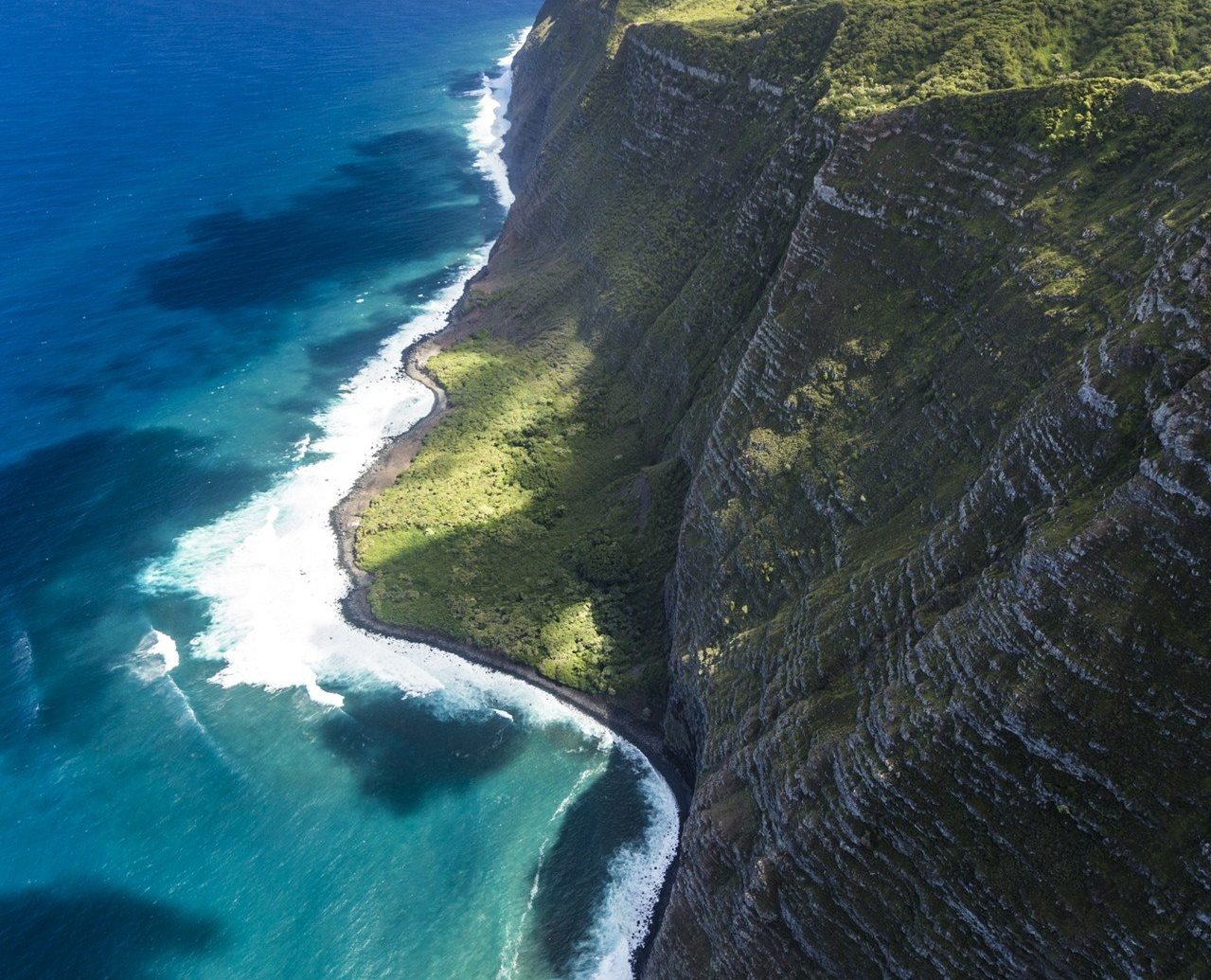
Moloka'i, Hawaii
Collapsed shield volcanoes. Lush, high-elevation rainforests. The tallest sea cliffs on earth. And all nearly untouched by the tourism industry. Moloka’i—just east of Oahu and north of Lana’i‚—seems far too exotic to be a part of the U.S.—but yet, it’s all ours. To learn more about the “Friendly Island’s” history (spoiler: it once housed a leper colony) you can take a tour of Kalaupapa National Historical Park’s isolated cliffs—getting there just requires a slightly challenging 3.5-mile hike or mule ride.
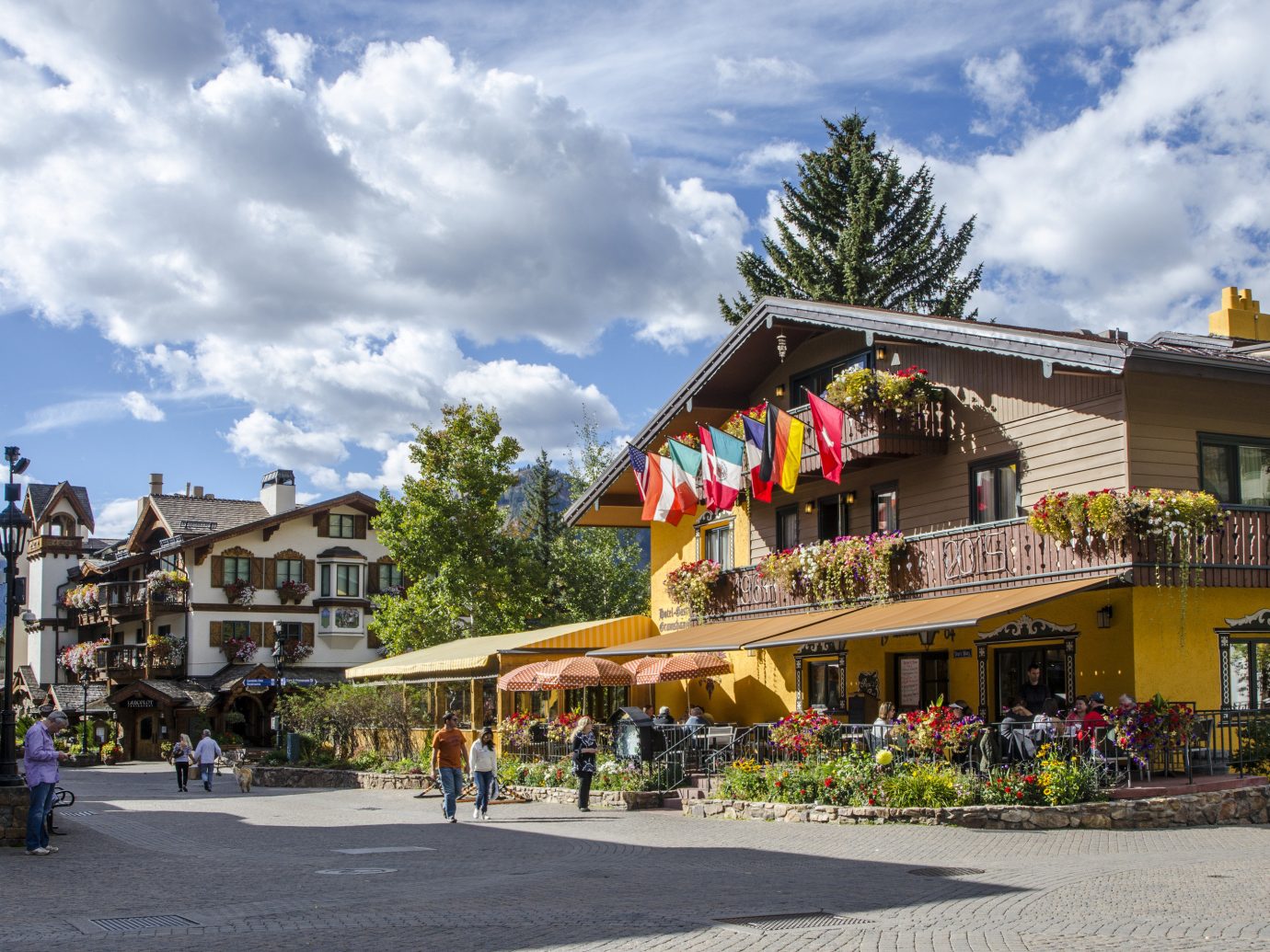
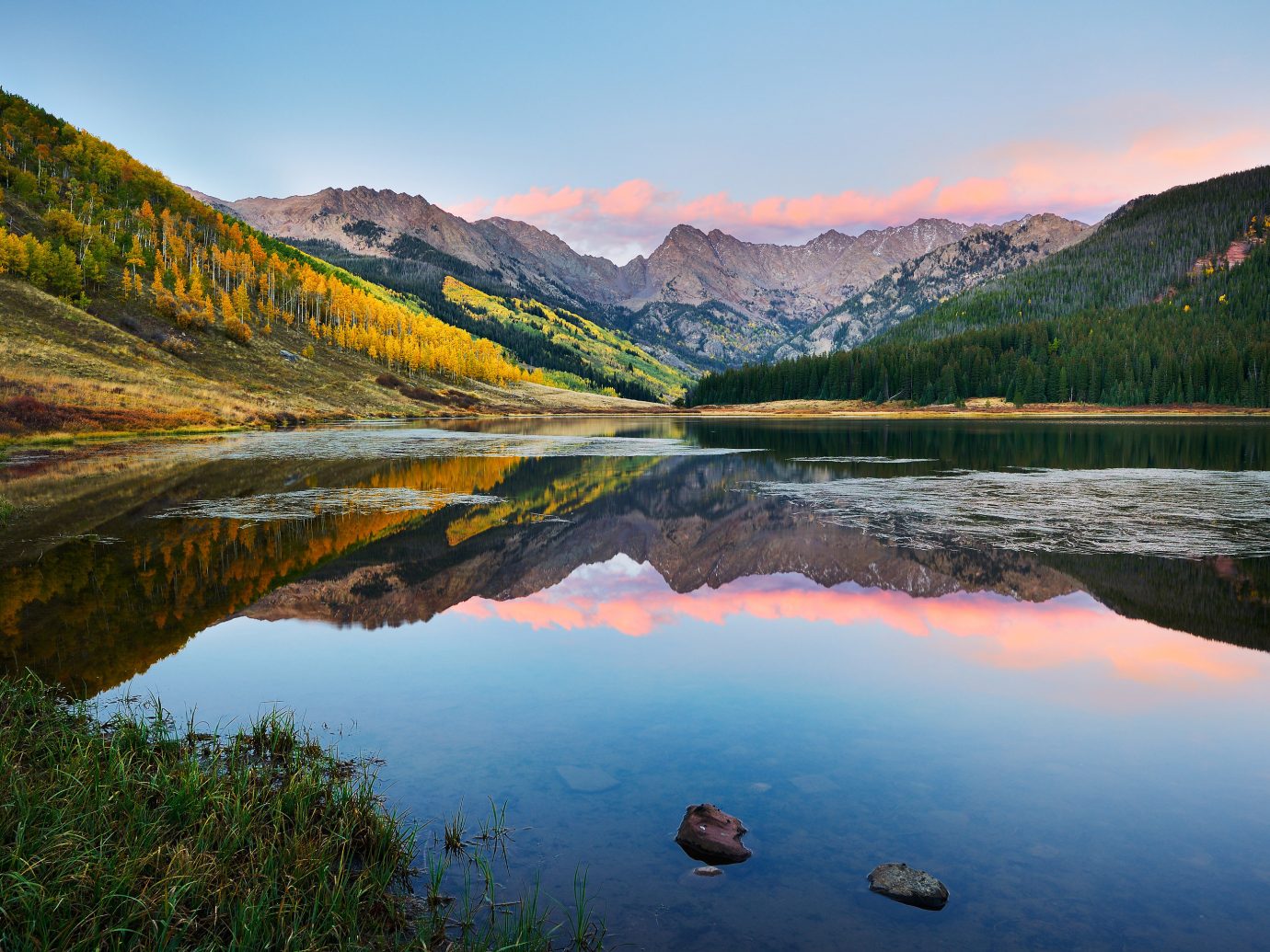
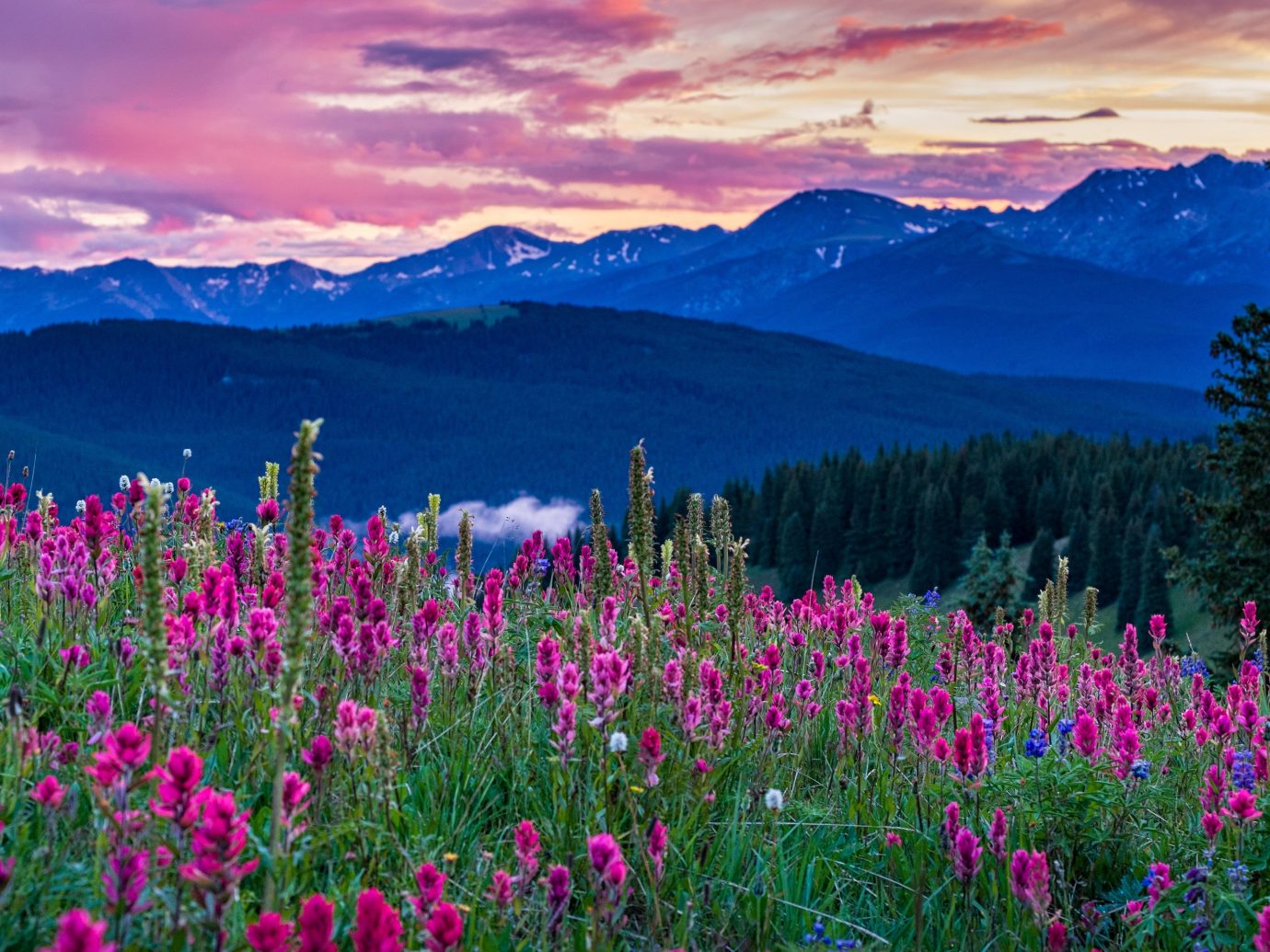
Vail Village, Colorado
With mile after mile of hiking, biking, and skiing trails; ski-in, ski-out chalet-style accommodations; and Alpine cuisine, car-free Vail Village could easily pass as a centuries-old European resort town. Not unlike holiday retreats in Austria, Switzerland, France, and Italy, the four-season spot also has everything you could want après-ski or hike: outdoor shopping, slope-side bars, ice skating rinks, and stunning mountain views. So next time you're jonesing for a quick taste of the Alps, just head for the 970.
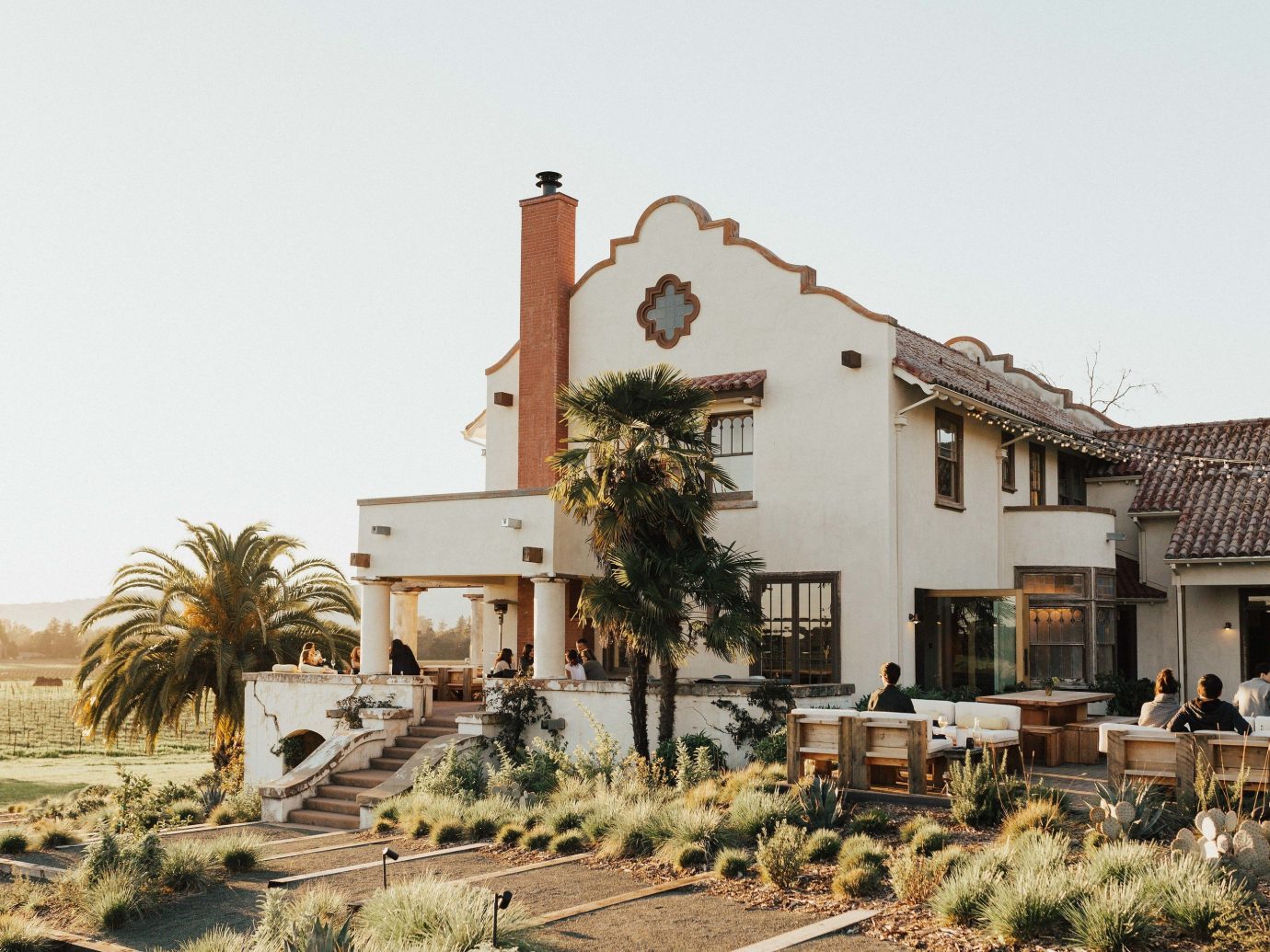
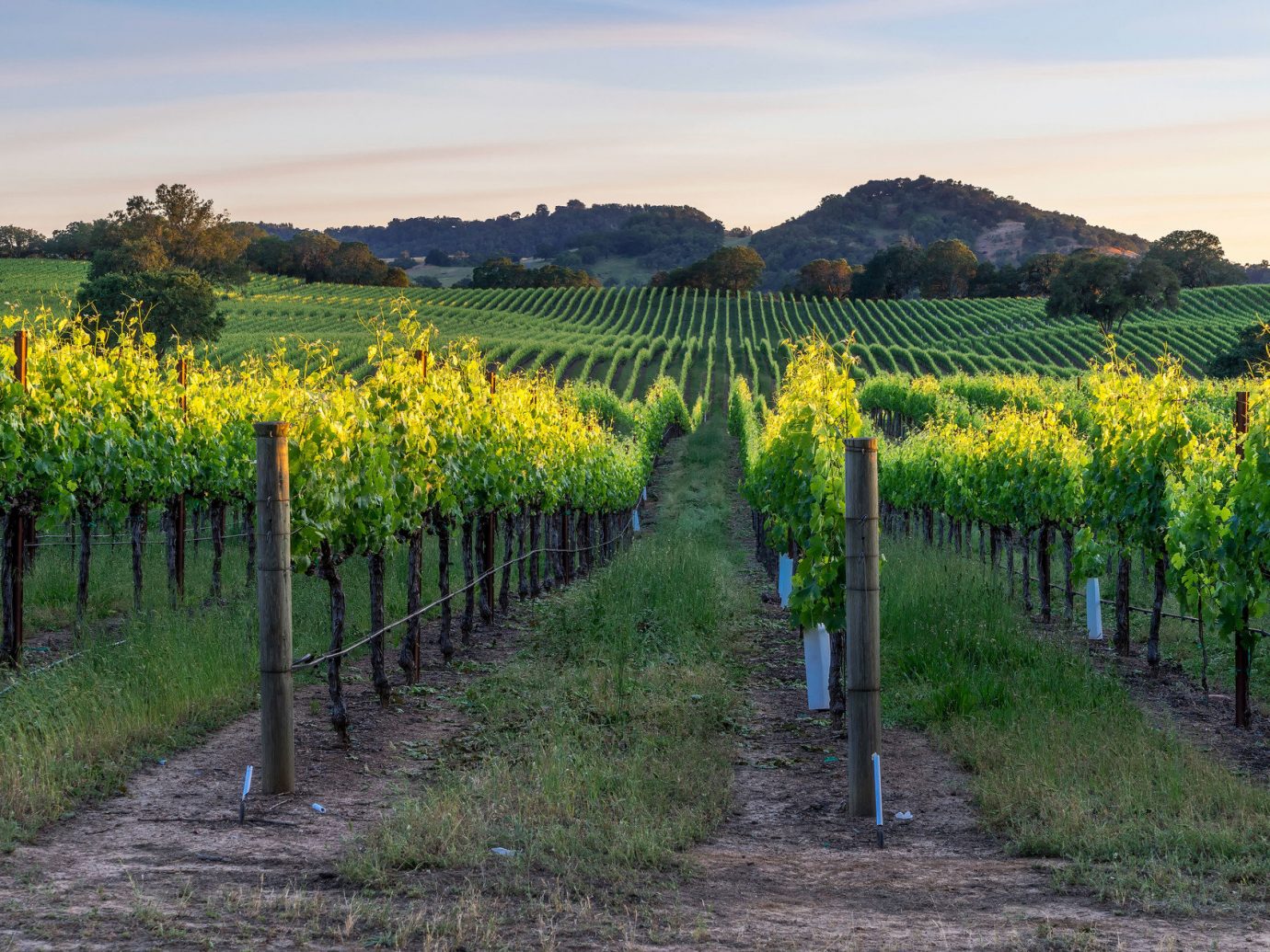
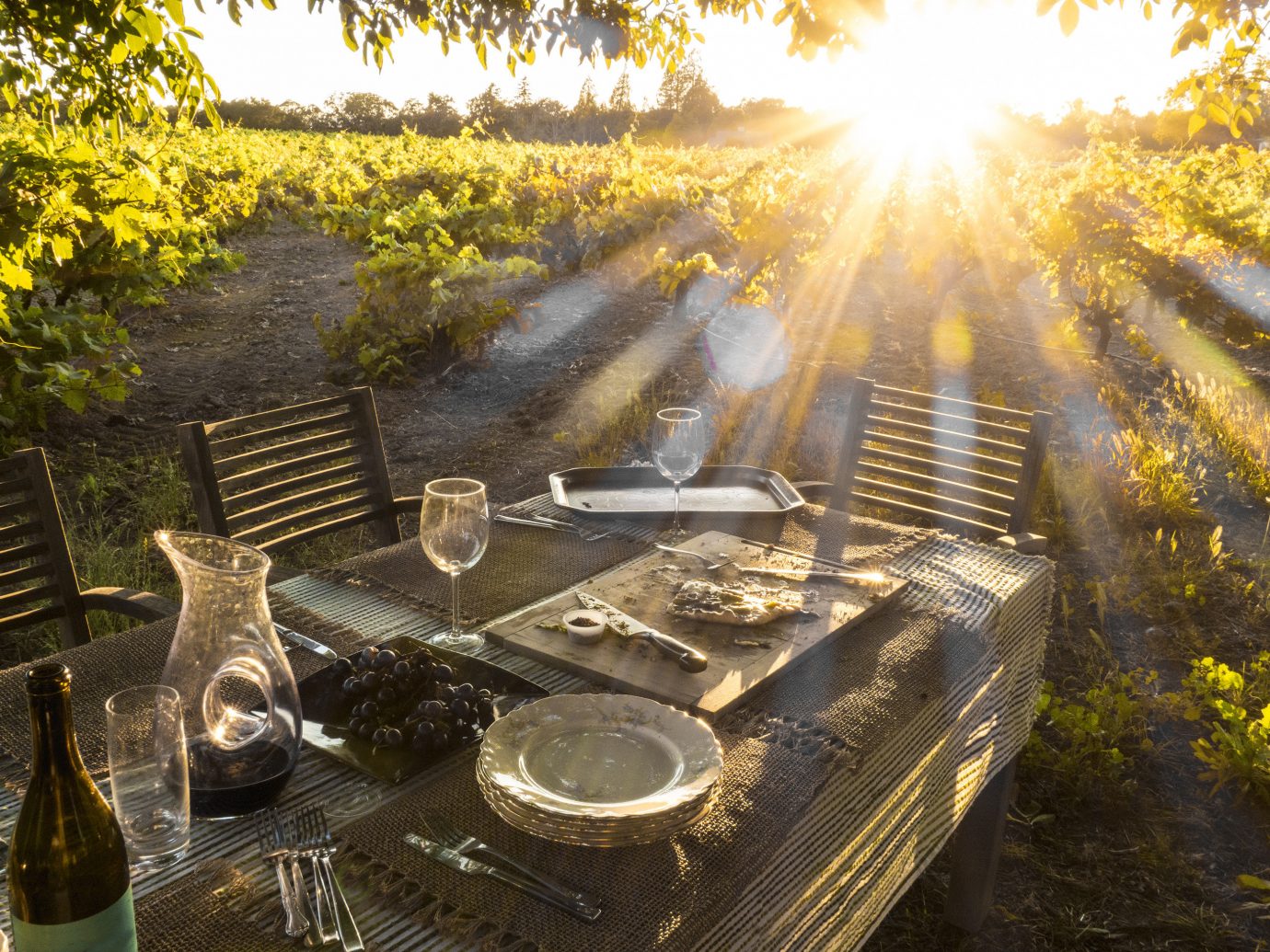
Sonoma County, California
While France and Italy may totally dominate the world’s list of top-producing wine regions, the U.S. slides in for a little action with its own contenders—including Sonoma. By photos and stats alone (see: 425 wineries, countless spa resorts, and rustic farm-to-table dining options) we’d be willing to guess that the county was Team Europe, but you can find acre after acre of Chardonnay, Cabernet Sauvignon, and Pinot Noir grapes ripe for stomping all just a two-hour drive from San Francisco.
Want more?
- The Most Romantic Lake Hotels to Spend a Summer Vacation
- How to Plan a Girls’ Weekend Getaway to Napa Valley
- 15 Jaw-Dropping Coasts Around the World
Comments
All products are independently selected by our writers and editors. If you buy something through our links, Jetsetter may earn an affiliate commission.
Become a Jetsetter.
Use our insider connections to know where to go and what to do.
By proceeding, you agree to our Privacy Policy and Terms of Use.
Thanks for Signing Up!

